Home>Dining>Tableware>What Is A Good Glue For Mending Crystal Glass?
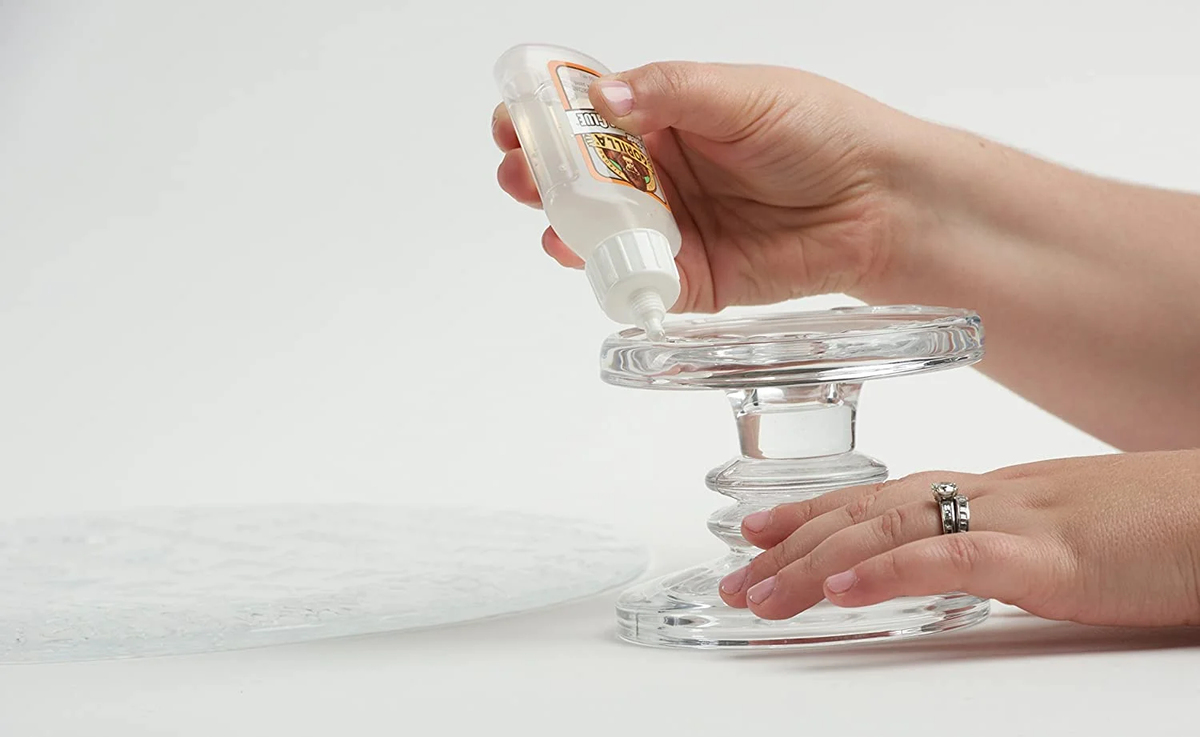

Tableware
What Is A Good Glue For Mending Crystal Glass?
Modified: January 5, 2024
Looking for the perfect glue to repair your crystal glass tableware? Discover the best adhesive options for mending crystal glass and preserving its delicate beauty.
(Many of the links in this article redirect to a specific reviewed product. Your purchase of these products through affiliate links helps to generate commission for Storables.com, at no extra cost. Learn more)
Introduction
Welcome to the world of tableware, where the elegance and sophistication of crystal glass play a prominent role. Whether it’s a treasured heirloom or a stylish centerpiece, crystal glassware adds a touch of luxury to any dining experience. However, accidents happen, and your precious crystal glass may end up with a chip, crack, or even a shattered piece.
But fear not! With the right glue and some careful mending, you can restore your crystal glass to its former glory. In this article, we will explore the factors to consider when choosing a glue for mending crystal glass and introduce you to some of the most suitable types of glue.
Before we dive into the specifics, it’s important to note that mending crystal glass requires patience, precision, and the right materials. Using the wrong glue can result in a hazy or messy repair job, ruining the aesthetics of the glassware. So, let’s take a look at what factors you should consider when selecting the perfect glue for your crystal glassware.
Key Takeaways:
- Choose the right glue for mending crystal glass by considering factors like visibility, bond strength, and chemical compatibility. Epoxy resin, UV-curing, and cyanoacrylate glues are popular options with unique advantages.
- Prepare for successful crystal glass repair by cleaning, aligning, and allowing sufficient curing time. Avoid common mistakes like using the wrong glue and rushing the drying process for a seamless and long-lasting restoration.
Read more: What Is A Crystal Glass?
Factors to Consider When Choosing a Glue for Mending Crystal Glass
Selecting the right glue for mending crystal glass is crucial to ensure a successful and durable repair. Here are some essential factors to consider before making your choice:
- Visibility: When gluing crystal glass, you want a glue that dries clear and doesn’t leave any visible residue. Transparency is key to maintaining the aesthetic appeal of your glassware.
- Bond Strength: Crystal glass can be delicate, so it’s important to choose a glue with a strong bond. Look for a glue that offers excellent adhesion to create a long-lasting and secure repair.
- Chemical Compatibility: Crystal glass is sensitive to chemicals, so it’s crucial to choose a glue that is specifically formulated for glass and is chemically compatible with it. This ensures that the glue won’t damage or corrode the glass over time.
- Water and Heat Resistance: Crystal glassware is often used for beverages or hot liquids, so it’s essential to select a glue that is water-resistant and can withstand high temperatures. This ensures that the repair remains intact even when exposed to moisture or heat.
- Flexibility: Crystal glass can be subject to stress and flexing during use or transportation. Therefore, it’s important to choose a glue that provides some flexibility to prevent cracking or breaking at the repaired area.
- Application and Drying Time: Consider the ease of application and the drying time of the glue. Some glues require mixing before application, while others are ready to use out of the bottle. Additionally, a shorter drying time can speed up the repair process.
By taking these factors into account, you can narrow down your options and select a glue that is most suitable for mending your crystal glassware. Now that we’ve covered the key considerations, let’s explore the different types of glue that are commonly used for repairing crystal glass.
Types of Glue Suitable for Mending Crystal Glass
When it comes to mending crystal glass, there are several types of glue that are known for their effectiveness and compatibility with glass materials. Here are three common types of glue that are suitable for repairing crystal glass:
- Epoxy Resin Glue: Epoxy resin glue is a popular choice for mending crystal glass due to its strong adhesive properties and transparency when dried. It forms a durable bond and is resistant to water, heat, and chemicals. Epoxy resin glue usually comes in two parts – a resin and a hardener – that need to be mixed before application. This type of glue requires careful handling and precision during the mixing process. Once applied, epoxy resin glue requires sufficient curing time to set properly.
- UV-curing Glue: UV-curing glue, also known as UV resin, is a type of adhesive that is activated by ultraviolet light. It offers a quick and convenient solution for mending crystal glass. UV-curing glue is easy to apply and doesn’t require any mixing or preparation. Once the glue is applied to the damaged area, it will remain in a liquid state until exposed to UV light. When exposed to UV light, it rapidly hardens and creates a strong bond. However, it’s important to ensure that the adhesive is compatible with glass materials to achieve optimal results.
- Cyanoacrylate Glue: Cyanoacrylate glue, also known as super glue, is a popular choice for quick and temporary repairs. It bonds quickly and forms a strong, transparent bond. However, it is not recommended for long-term or heavily stressed repairs, as it can become brittle over time. Cyanoacrylate glue is ideal for small chips or cracks in crystal glass and provides an instant fix. It also comes in various viscosities to suit different repair requirements.
Each of these glues has its own advantages and considerations. It’s important to evaluate your specific repair needs and the characteristics of your crystal glass to determine which type of glue is the best fit for your project. Before applying any glue, it’s crucial to properly prepare the glass surface to ensure a successful repair.
In the next section, we will explore the preparation steps you should take before gluing crystal glass to maximize the effectiveness of the repair.
Epoxy Resin Glue
Epoxy resin glue is a popular choice for mending crystal glass due to its strong adhesive properties and transparency when dried. This type of glue offers a durable and long-lasting bond, making it ideal for repairing cracks, chips, or broken pieces of crystal glass.
One of the key advantages of epoxy resin glue is its ability to create a near-invisible repair. When properly applied and cured, the glue dries clear and seamlessly blends with the glass, making the repair virtually undetectable to the naked eye. This ensures that the aesthetic appeal of the crystal glass is preserved.
Epoxy resin glue typically comes in two parts – a resin and a hardener – that need to be mixed together before application. It is important to follow the manufacturer’s instructions carefully to achieve the correct ratio and ensure optimal bonding strength.
Before applying epoxy resin glue, it is crucial to thoroughly clean and dry the surfaces to be glued. Any dirt, debris, or moisture can interfere with the bonding process. You can use a mild detergent and warm water to clean the glass and then allow it to completely air dry.
Once the surfaces are clean and dry, mix the epoxy resin glue according to the manufacturer’s instructions. Be sure to wear gloves to avoid direct contact with the adhesive. Apply a thin, even layer of the mixed epoxy resin glue to the damaged area, using a toothpick, a small brush, or a disposable applicator.
After applying the glue, gently press the broken pieces together, ensuring proper alignment. Use small clamps or rubber bands to hold the pieces in place if necessary. Excess glue can be wiped away with a damp cloth or a cotton swab.
Once the epoxy resin glue is applied, it needs sufficient time to cure and set properly. The curing time can vary depending on the specific brand and product used, so it is important to refer to the instructions provided. Avoid handling or using the repaired glass until the glue is fully cured.
It is worth noting that epoxy resin glue creates a strong and durable bond, but it can be difficult to remove if you ever need to re-repair or adjust the crystal glass. Therefore, it is important to take your time and ensure accurate alignment during the initial repair process.
The use of epoxy resin glue for mending crystal glass offers reliable results and is widely used by professionals and DIY enthusiasts alike. However, if you prefer a quicker and easier option, then UV-curing glue may be a suitable alternative, as we will discuss in the next section.
UV-curing Glue
UV-curing glue, also known as UV resin, is a popular choice for mending crystal glass due to its fast-curing properties and ease of use. This type of glue offers a quick and convenient solution for repairing cracks, chips, or broken pieces of crystal glass.
UV-curing glue works by using ultraviolet light to initiate the curing process. It typically comes in a liquid form and remains in a liquid state until exposed to UV light. Once exposed to UV light, the glue rapidly hardens and forms a strong bond, creating a seamless repair on the glass.
One of the advantages of UV-curing glue is its simplicity of application. Unlike epoxy resin glue, no mixing or preparation is required. Simply apply the glue directly to the damaged area of the crystal glass using a dropper, brush, or other applicator. The glue will remain liquid until it is exposed to the UV light source.
UV-curing glue offers a strong and transparent bond, ensuring that the repair is virtually invisible. This makes it an excellent choice for repairing delicate or intricately designed crystal glassware where maintaining the aesthetic appeal is crucial.
When using UV-curing glue, it is essential to ensure that the adhesive is compatible with glass materials. Some UV-curing glues are specifically formulated for glass, while others may work on a variety of materials. Be sure to carefully read the product label or consult the manufacturer’s instructions to ensure that the glue is suitable for repairing crystal glass.
To apply UV-curing glue, start by cleaning the glass surface thoroughly to remove any dirt or contaminants. Once the surface is clean and dry, apply a small amount of the glue to the damaged area, making sure to cover the entire surface. Gently press the broken pieces together and hold them in place if necessary.
After applying the glue, expose the repair to UV light for the recommended duration. The curing time can vary depending on the specific brand and product used, so it’s important to refer to the instructions provided. You can use a UV lamp or direct sunlight as the light source, depending on the recommendations of the glue manufacturer.
Once the UV-curing glue is fully cured, you can inspect the repair. If necessary, you can further polish or buff the repaired area to achieve a smoother finish. It’s important to note that UV-curing glue can be quite strong, so be cautious when handling the repaired crystal glass to avoid any accidental damage.
UV-curing glue offers a convenient and effective solution for mending crystal glass. Its fast curing time and ease of use make it a popular choice for those looking for a quick repair option. However, if you prefer a more traditional adhesive, then cyanoacrylate glue may be a suitable alternative, as we will discuss in the next section.
When mending crystal glass, it’s best to use a clear-drying, waterproof adhesive specifically designed for glass. Epoxy or UV-curing glues are good options for a strong and seamless repair.
Read more: What Is Crystal Glass
Cyanoacrylate Glue
Cyanoacrylate glue, commonly known as super glue, is a versatile adhesive that can be used for various repair projects, including mending crystal glass. It offers a quick and effective solution for repairing small chips, cracks, or broken pieces of crystal glass.
One of the primary advantages of cyanoacrylate glue is its fast bonding ability. It forms a strong and almost instant bond when applied to the surfaces, making it ideal for small repair jobs that require immediate attention. The quick bond also means minimal drying time, allowing you to continue using the repaired glassware sooner.
Cyanoacrylate glue is available in various viscosities – from thin to gel-like consistency. The choice of viscosity depends on the size of the repair and personal preference. Thin viscosity is suitable for small cracks or hairline fractures, while a thicker gel viscosity is better for bonding larger broken pieces.
To use cyanoacrylate glue, start by cleaning the damaged area of the crystal glass with a mild detergent and warm water. Rinse well and ensure the surface is completely dry before applying the glue. Even a small amount of moisture can affect the bonding process.
Apply a thin layer of cyanoacrylate glue to one of the broken surfaces. It’s important not to overapply the glue, as too much can lead to excess squeeze-out or a messy repair. Press the broken pieces together firmly, ensuring proper alignment. Hold them in place for a few seconds to allow the glue to set.
Cyanoacrylate glue cures quickly and forms a nearly invisible bond, so the repaired area will blend seamlessly with the rest of the glass. However, it’s important to keep in mind that cyanoacrylate glue can become brittle over time, especially under constant stress or high temperatures. As a result, it may not be suitable for long-term or heavily stressed repairs.
When working with cyanoacrylate glue, it’s essential to take appropriate safety precautions. Wear gloves to protect your skin from direct contact with the glue, and work in a well-ventilated area to prevent inhaling the fumes. If any glue gets on your skin, use acetone or nail polish remover to remove it carefully.
Overall, cyanoacrylate glue offers a quick and easy solution for minor repairs on crystal glass. It’s ideal for small chips or cracks and provides an instant fix. However, if you’re looking for a stronger and more durable bonding option, epoxy resin or UV-curing glue may be better suited to your needs.
Now that you have learned about the different types of glue suitable for mending crystal glass, let’s explore the essential preparation steps before gluing your precious glassware in the next section.
Preparation Steps Before Gluing Crystal Glass
Before you begin the gluing process, there are several essential preparation steps that you should follow to ensure the best possible outcome for repairing your crystal glassware:
- Clean the Glass: Start by cleaning the glass surface thoroughly. Use a mild detergent and warm water to remove any dirt, dust, or residue that may interfere with the bonding process. Rinse the glassware well and allow it to air dry completely before proceeding.
- Sand the Surface (If Necessary): If you are repairing a chipped or rough surface, you may need to gently sand it to create a smoother and more even surface. Use fine-grit sandpaper and sand in a circular motion until the damaged area is smooth to the touch. Be careful not to sand too aggressively, as this could cause further damage to the glass.
- Disassemble and Organize: If your crystal glassware is in several pieces, disassemble them carefully. Organize the broken parts and make sure they fit together correctly before applying any glue. Take note of the alignment and positioning of the pieces to ensure a proper repair.
- Protect Surrounding Areas: When gluing the crystal glass, it’s important to protect the surrounding areas from any accidental spills or excess glue. Place a protective cover or newspaper underneath the glassware to catch any drips or overflows. This will help prevent damage to your work surface or other nearby objects.
- Prepare the Glue: Depending on the type of glue you are using, you may need to mix the components or follow specific instructions for preparation. Ensure that you have the necessary tools, such as disposable applicators or brushes, ready for application.
- Test the Glue: Before applying the glue directly to the damaged glass, it is a good idea to conduct a small test on a less visible area or a spare piece of glass. This will allow you to assess how the glue interacts with the glass and confirm that it provides the desired results.
- Work in a Well-Ventilated Area: Many glues emit fumes that can be irritating or harmful when inhaled. To ensure your safety, work in a well-ventilated area or use a fan to circulate the air. If the glue’s instructions recommend wearing a mask or goggles, make sure to follow them accordingly.
By following these preparation steps, you can create a clean and suitable surface for gluing your crystal glassware. Taking the time to prepare properly will help ensure a successful repair and maximize the longevity of the bond between the glass pieces.
In the next section, we will provide some useful tips to help you achieve a successful and aesthetically pleasing repair of your crystal glass.
Tips for Successful Mending of Crystal Glass
When it comes to mending crystal glass, attention to detail and careful execution are key to achieving a successful repair. Here are some helpful tips to ensure a seamless and long-lasting restoration:
- Take Your Time: Rushing the repair process can lead to mistakes and less-than-desirable results. Allow yourself plenty of time to clean, prepare, and apply the glue to ensure precision and accuracy in your repair.
- Follow Manufacturer’s Instructions: Different glues may have specific instructions for application, curing time, and handling. Always read and follow the manufacturer’s instructions to achieve the best results with your chosen glue.
- Keep It Aligned: When joining the broken pieces, pay close attention to the alignment and positioning. Ensure the pieces fit snugly together and are properly aligned before applying the glue. This will help create a seamless repair and minimize any visible gaps.
- Apply the Right Amount of Glue: It is crucial to apply the appropriate amount of glue depending on the size and extent of the damage. Applying too much glue can result in excess squeeze-out or a messy repair, while using too little may lead to a weak bond. Use a small, disposable applicator to control the amount of glue applied.
- Apply Pressure: Gentle, controlled pressure is necessary to ensure a strong bond between the glass pieces. Use clamps, rubber bands, or your hands to hold the broken sections together while the glue cures. However, be careful not to exert excessive pressure that could cause further damage.
- Allow Sufficient Curing Time: Different glues have varying curing times, so be patient and give the glue ample time to dry and cure properly. Avoid handling or using the repaired glassware until the recommended drying and curing time has passed to ensure a secure bond.
- Practice Caution: Crystal glass can be fragile, so handle the repaired glassware with care. Avoid subjecting it to sudden temperature changes or excessive stress that could weaken the repaired area. Treat the repaired glass just as you would any other delicate piece of glassware.
- Inspect the Repair: Once the glue has fully cured, inspect the repair closely to ensure a satisfactory outcome. If necessary, use a clean cloth or polishing compound to gently buff the repaired area for a smoother finish.
By following these tips, you can greatly increase your chances of achieving a successful and aesthetically pleasing repair of your crystal glass. However, it is also important to be aware of some common mistakes to avoid during the gluing process, which we will discuss in the next section.
Common Mistakes to Avoid When Gluing Crystal Glass
Repairing crystal glass requires precision and attention to detail. To ensure a successful and seamless repair, it’s important to avoid common mistakes that can compromise the integrity and aesthetics of the glassware. Here are some common mistakes to avoid when gluing crystal glass:
- Using the Wrong Type of Glue: Using a glue that is not specifically designed for glass can result in a weak bond or damage to the glass surface. Make sure to choose a glue that is formulated for glass materials to ensure compatibility and optimal results.
- Not Preparing the Surface Properly: Failing to clean and prepare the glass surface can hinder the bonding process. Ensure the glassware is thoroughly cleaned and completely dry before applying the glue. Any residue or moisture can interfere with the adhesive’s effectiveness.
- Overapplying or Underapplying the Glue: Applying too much glue can lead to excess squeeze-out, messy repairs, and a weakened bond. On the other hand, using too little glue may result in a weak bond that easily separates. Use the appropriate amount of glue for the size and extent of the damage to achieve the desired results.
- Rushing the Drying and Curing Time: Patience is crucial when it comes to drying and curing the glue. Rushing the process can lead to a weak bond that easily breaks. Allow the recommended drying and curing time specified by the glue manufacturer to ensure a strong and durable repair.
- Not Aligning the Broken Pieces Properly: Proper alignment of the broken pieces is essential for achieving a seamless repair. Take your time to ensure the pieces fit together correctly and are aligned before applying the glue. This will minimize visible gaps and create a more aesthetically pleasing repair.
- Subjecting the Repair to Stress Too Soon: It’s important to avoid subjecting the repaired glassware to stress or temperature changes too soon after the repair. Give the glue sufficient time to fully cure and set before using or exposing the glassware to harsh conditions.
- Ignoring Safety Precautions: Many glues emit fumes or may be harmful if inhaled or in contact with skin. Always work in a well-ventilated area, wear gloves and other recommended safety gear, and follow the safety precautions outlined by the glue manufacturer.
- Not Testing the Glue: Before applying the glue to the damaged crystal glass, it’s a good practice to conduct a small test on a less visible area or spare piece of glass. This will allow you to evaluate the bond strength and clarify any potential issues before undertaking the actual repair.
By avoiding these common mistakes, you can greatly increase the chances of achieving a successful and durable repair for your crystal glass. Remember to take your time, follow proper procedures, and exercise caution throughout the gluing process.
As we conclude our discussion, let’s summarize the key points and emphasize the importance of careful attention to detail when mending crystal glass.
Read more: What Glue Works On Glass
Conclusion
Restoring the beauty and functionality of your crystal glassware through proper mending is a gratifying process. By carefully selecting the right glue and following the necessary steps, you can achieve a seamless repair that enhances the longevity of your cherished glass pieces.
When choosing a glue for mending crystal glass, consider factors such as visibility, bond strength, chemical compatibility, water and heat resistance, flexibility, and application time. Epoxy resin glue, UV-curing glue, and cyanoacrylate glue are three commonly used options, each with its own advantages and considerations.
Preparation is key to a successful repair. Clean the glass surfaces, sand if necessary, disassemble and organize the broken pieces, and protect surrounding areas from excess glue. Following the manufacturer’s instructions and practicing caution will help achieve the best results.
Remember to be patient and allow sufficient drying and curing time for the glue to set completely. Take your time during the alignment process to ensure a seamless repair. Inspect the repaired glassware and, if needed, gently polish the area for a smoother finish.
Avoid common mistakes, such as using the wrong glue, insufficient surface preparation, improper glue application, rushing the drying and curing process, and neglecting safety precautions. By avoiding these pitfalls, you can enhance the effectiveness and longevity of the repair.
With attention to detail and the right materials, you can restore the beauty and functionality of your crystal glassware. So, roll up your sleeves, gather your tools, and embark on the journey of mending your beloved glass pieces. The satisfaction of a successful repair awaits!
Frequently Asked Questions about What Is A Good Glue For Mending Crystal Glass?
Was this page helpful?
At Storables.com, we guarantee accurate and reliable information. Our content, validated by Expert Board Contributors, is crafted following stringent Editorial Policies. We're committed to providing you with well-researched, expert-backed insights for all your informational needs.
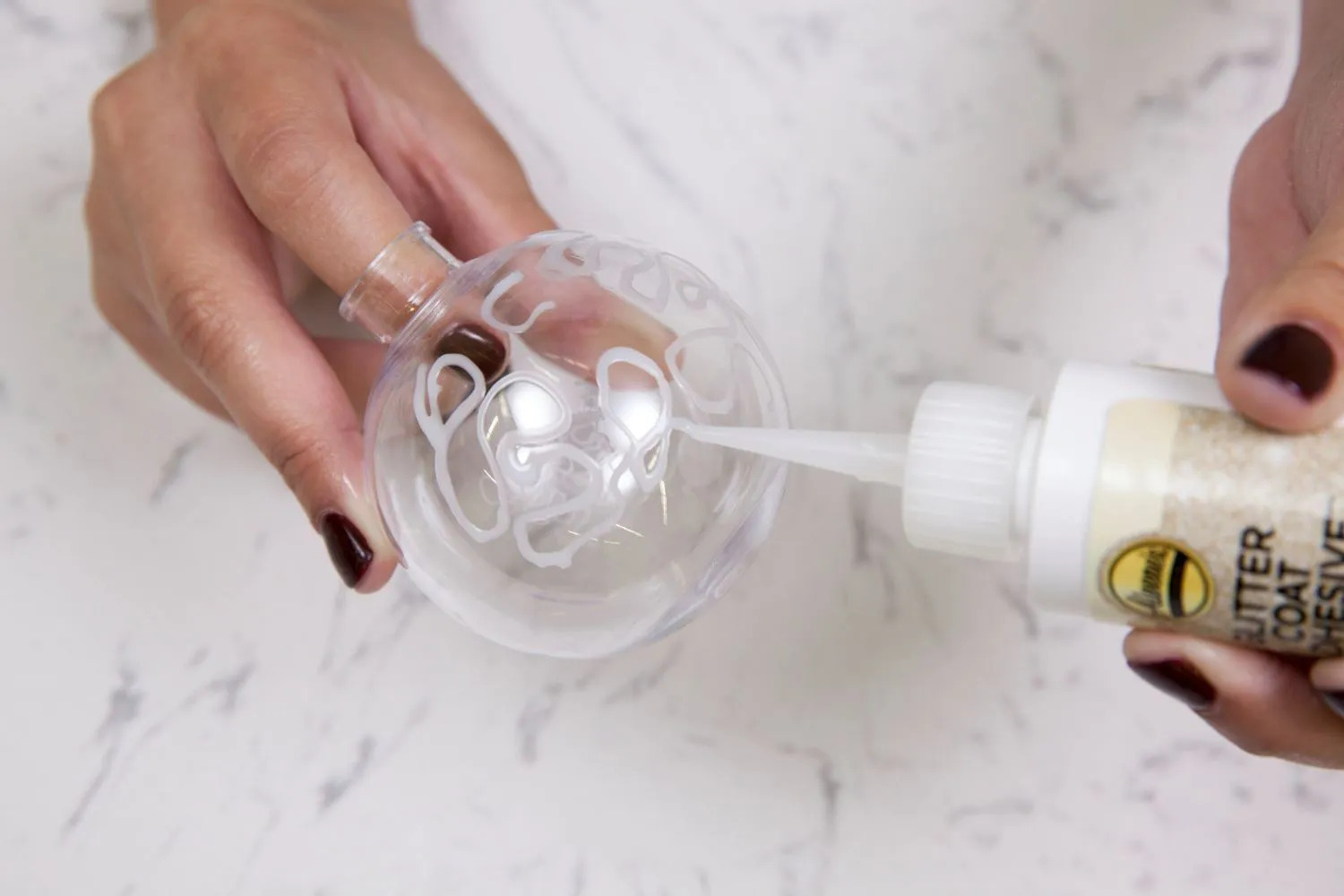
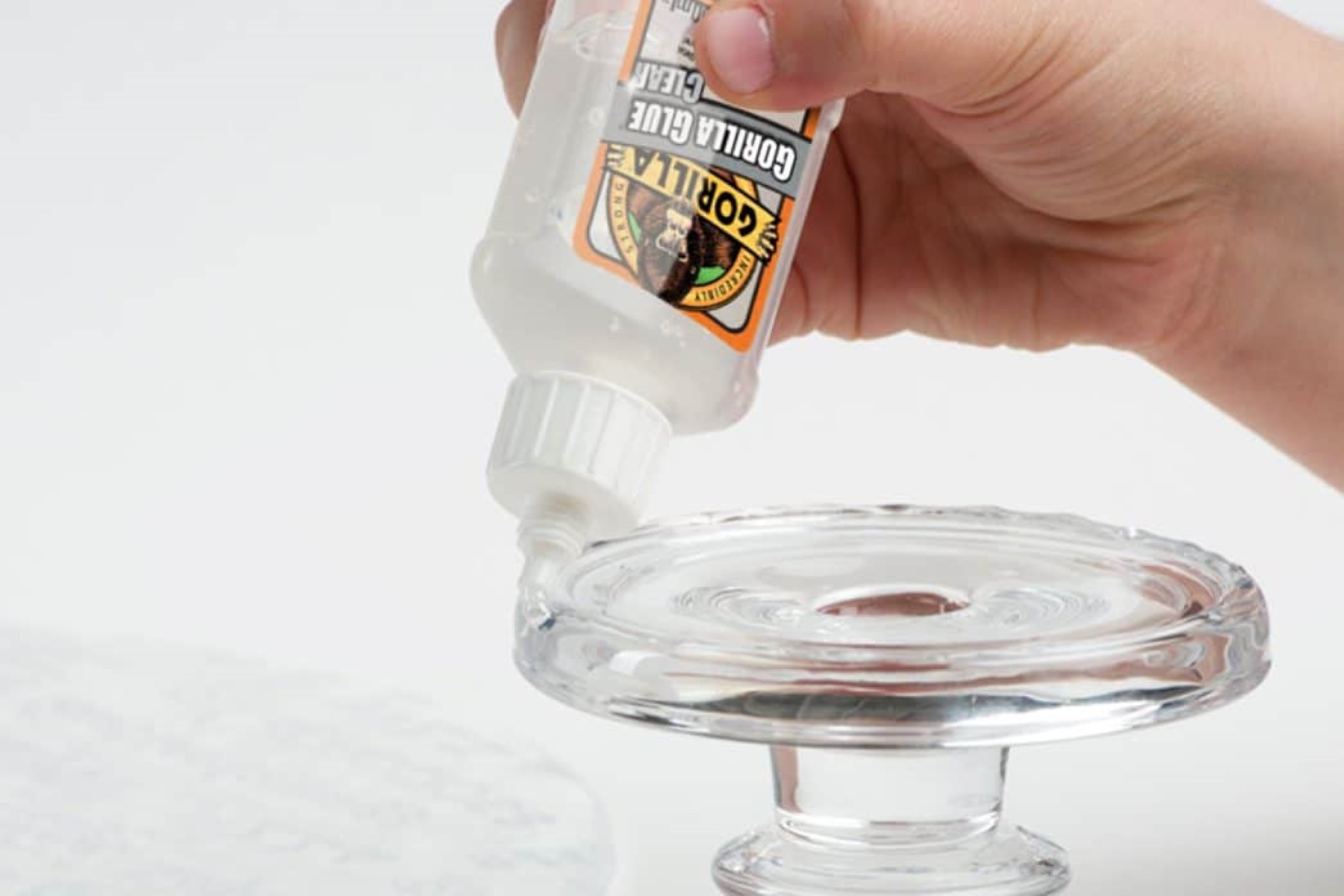
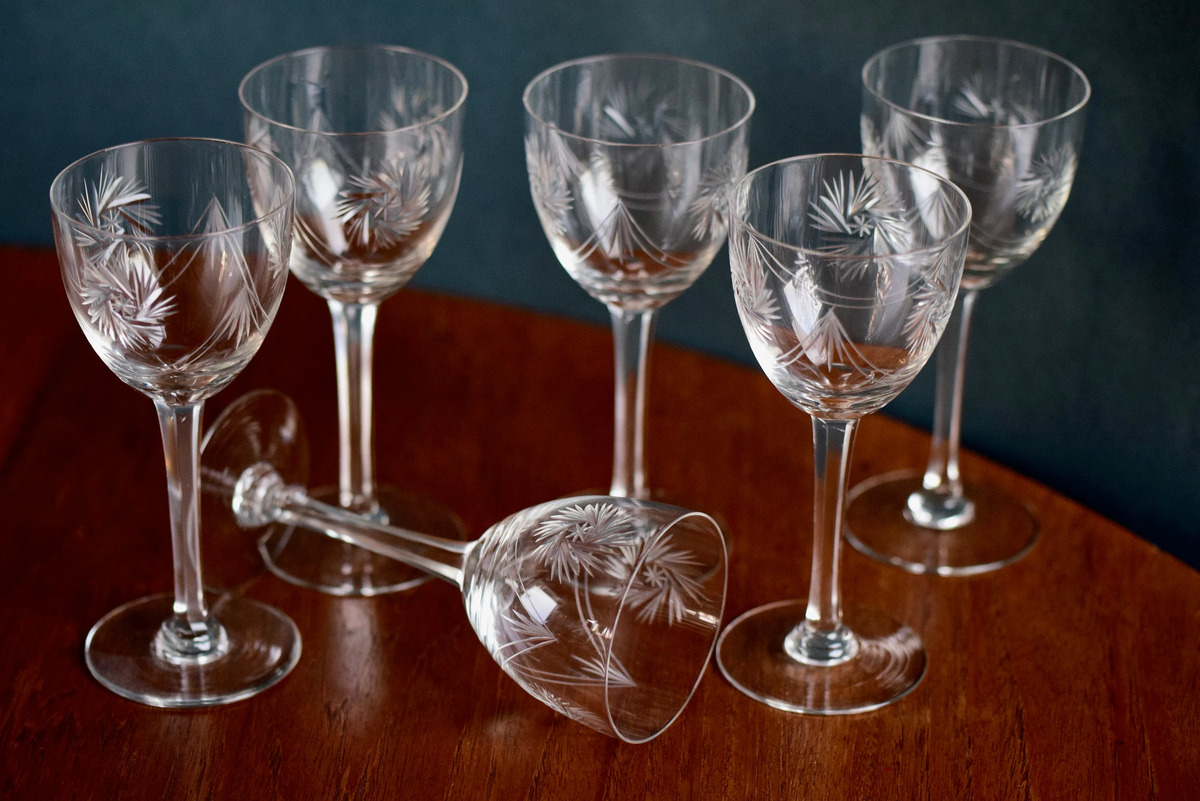
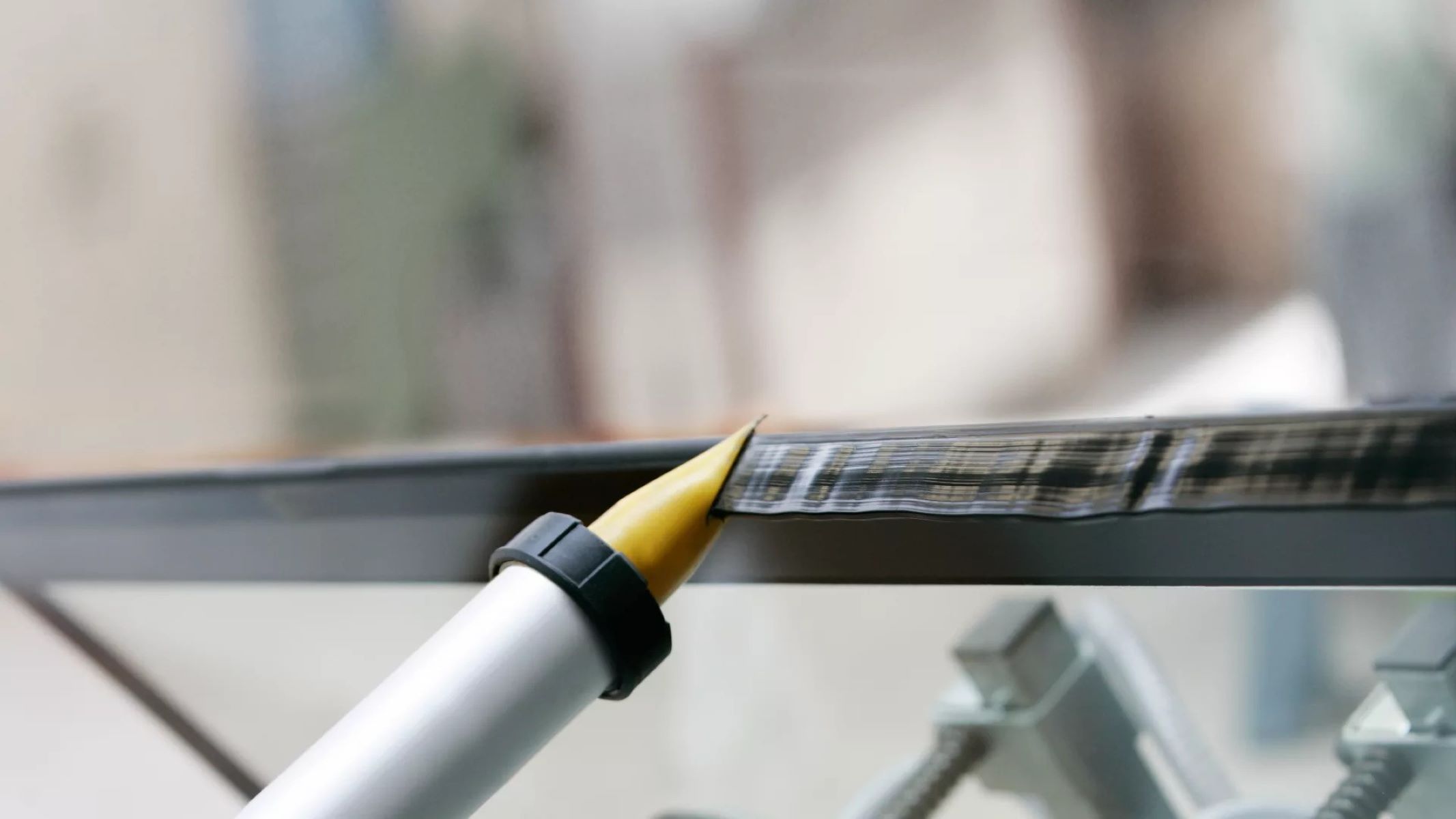
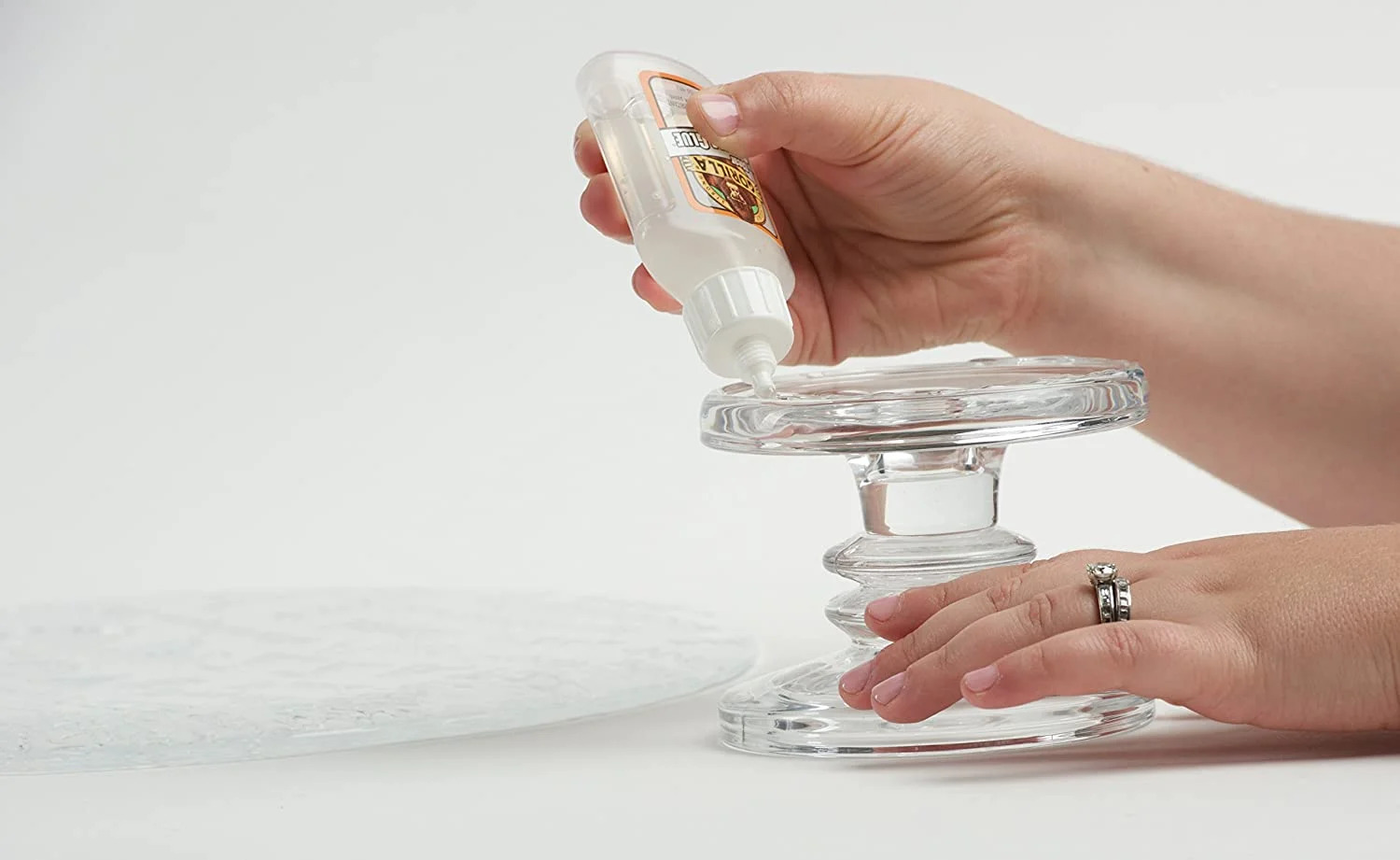
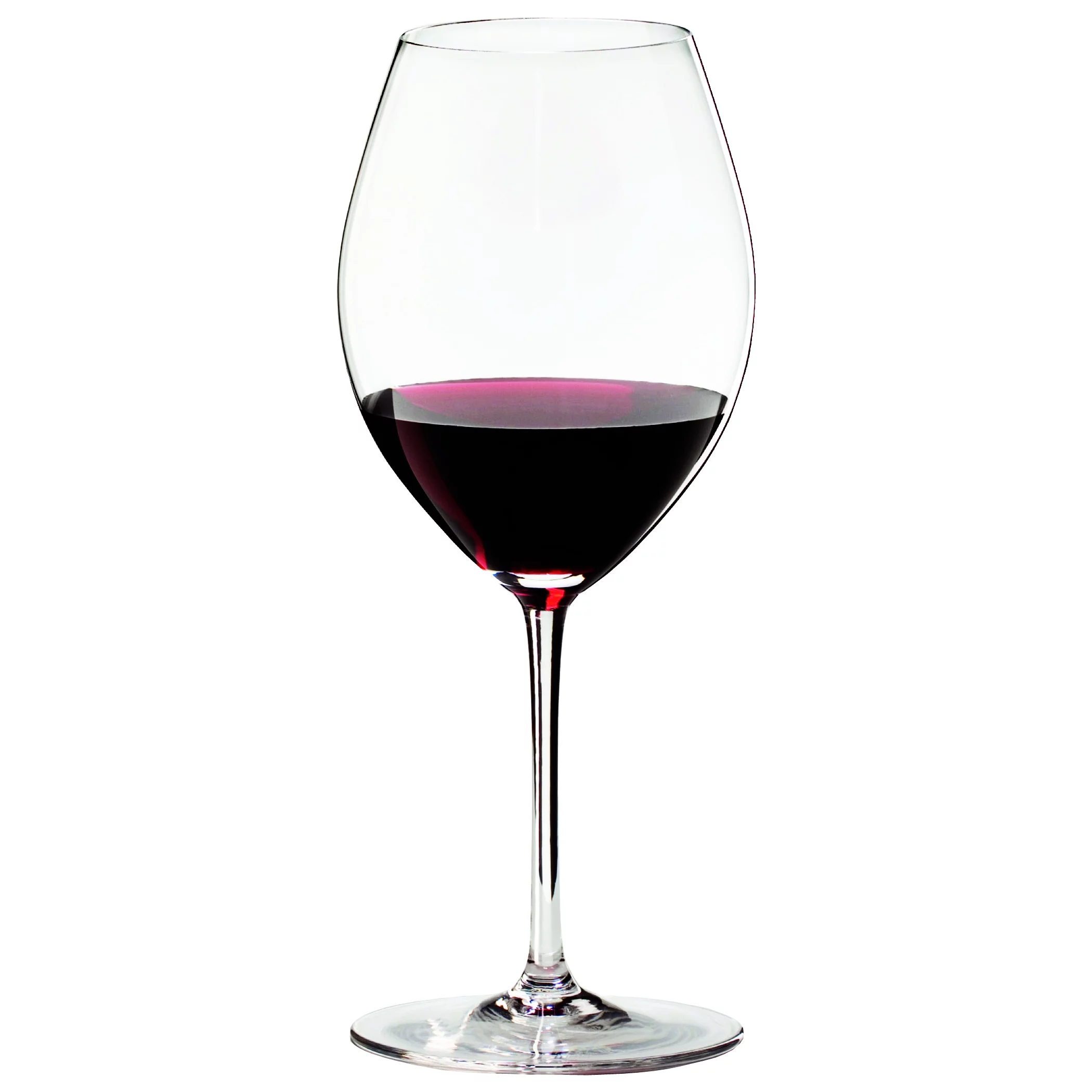
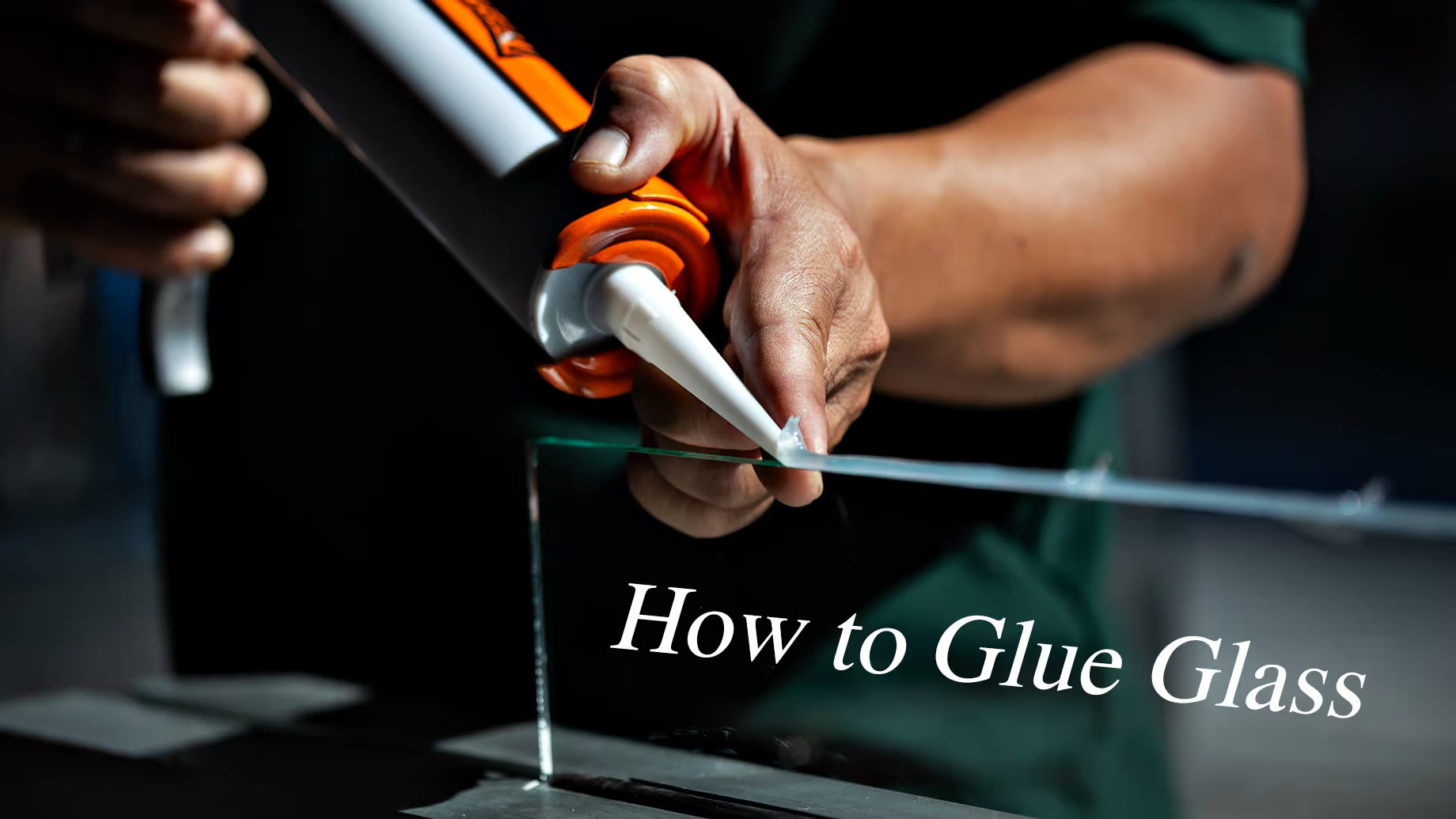
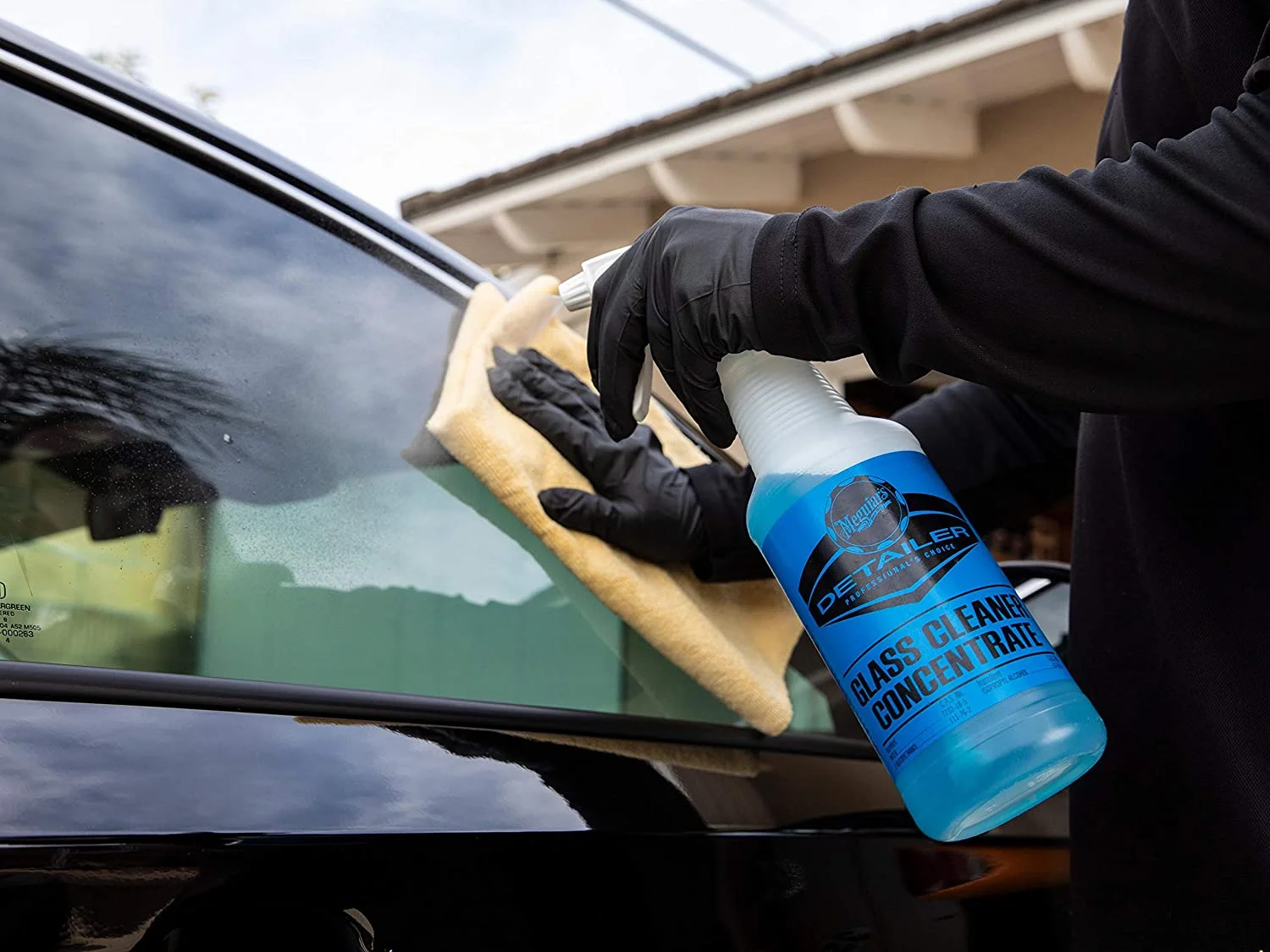
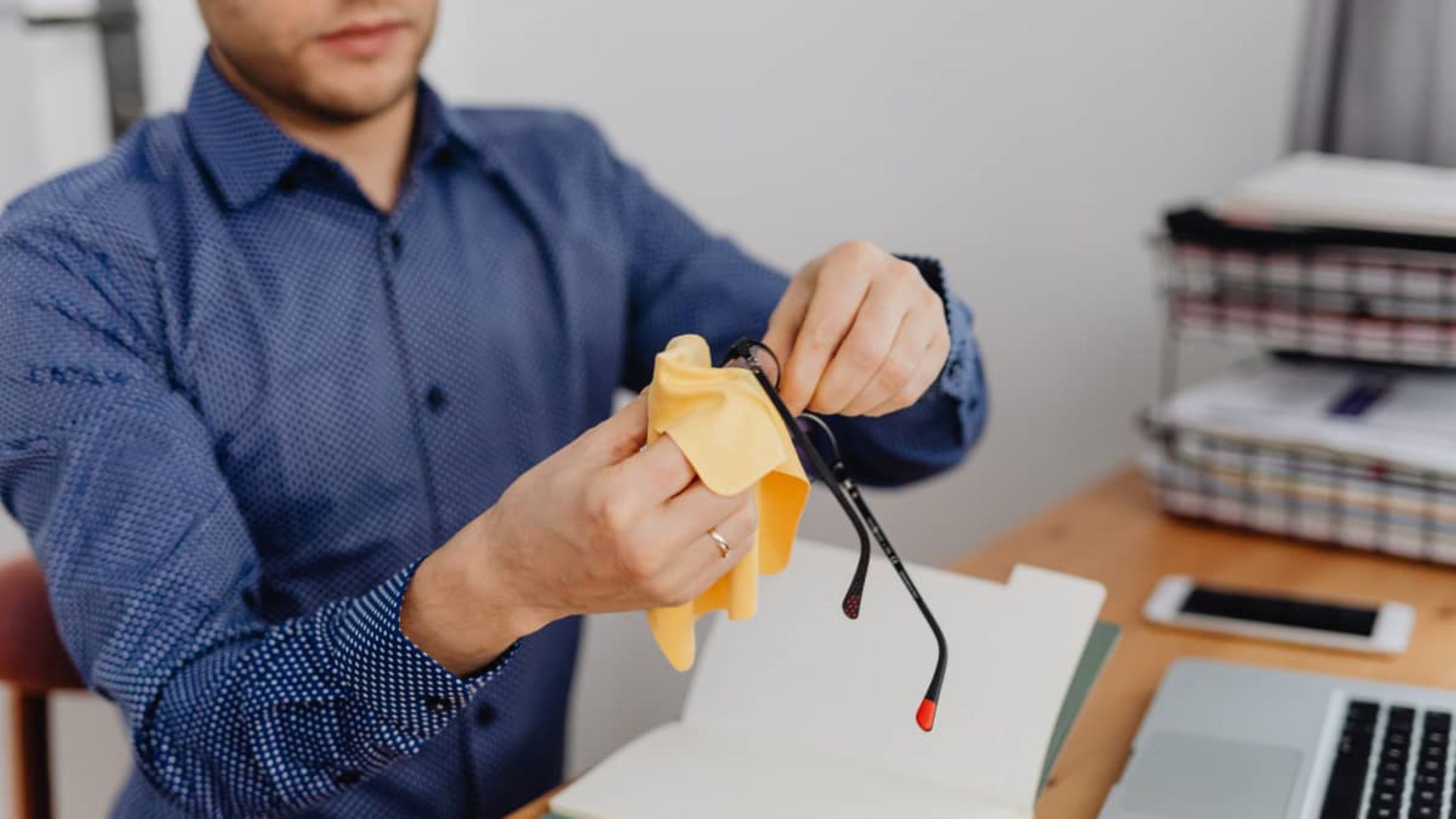
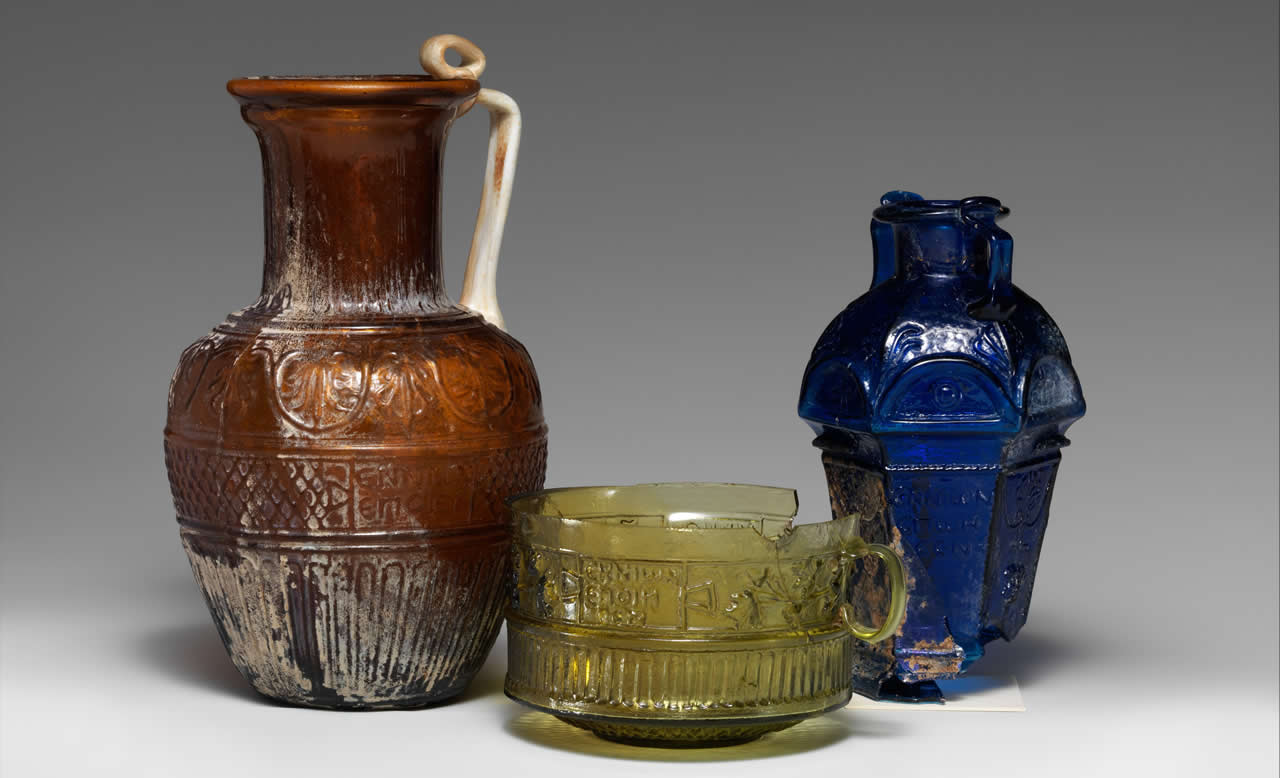
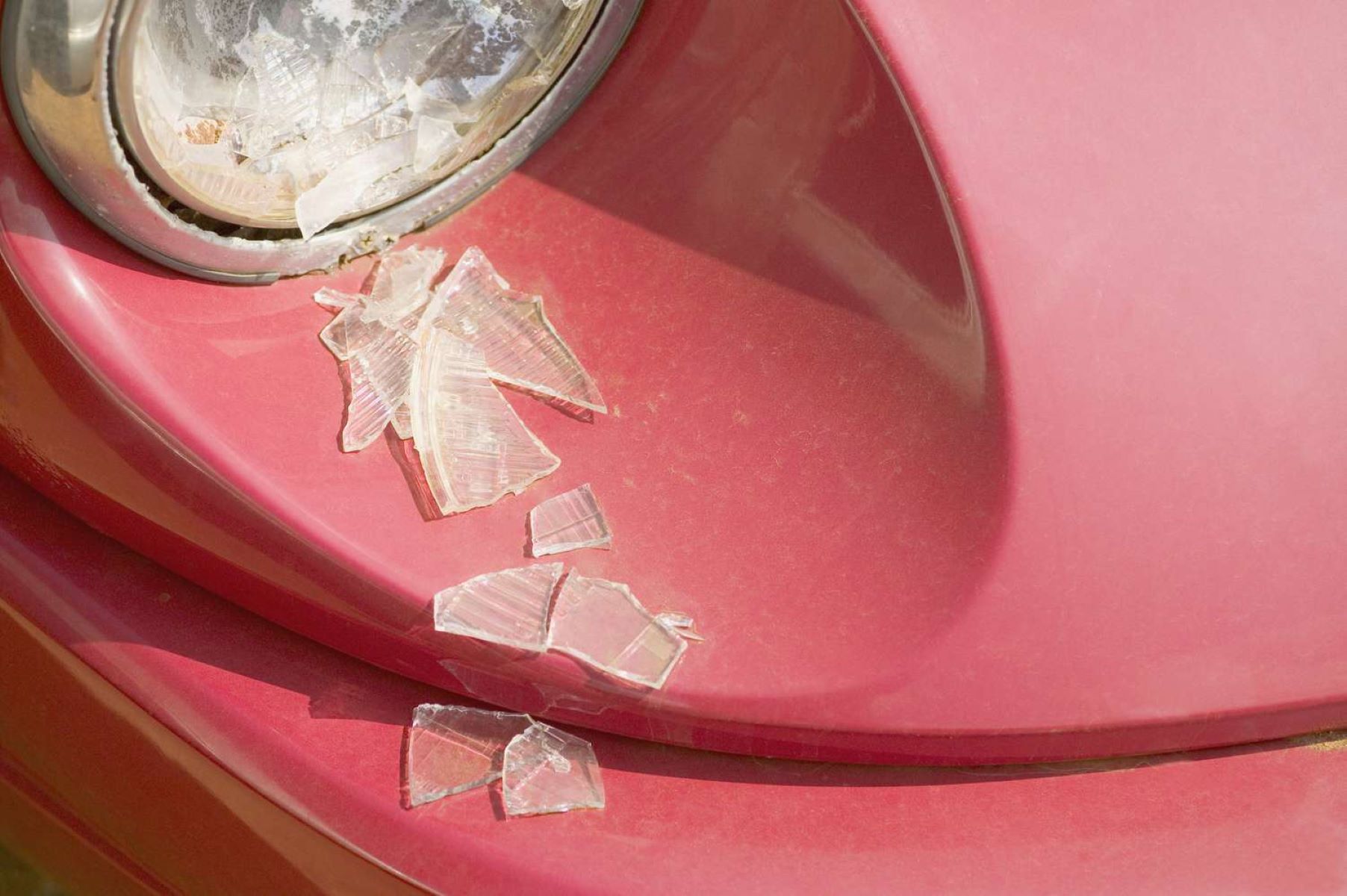
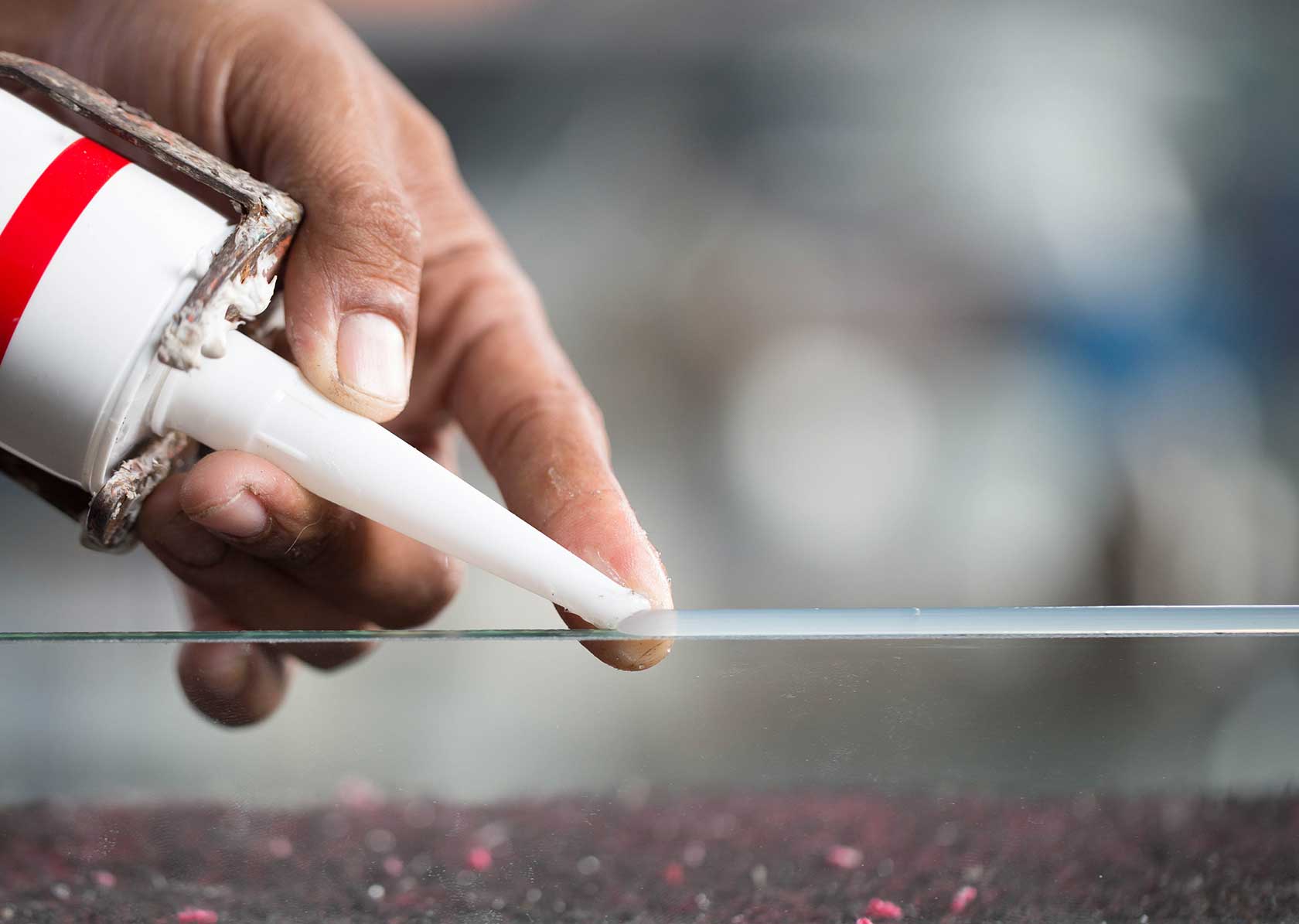
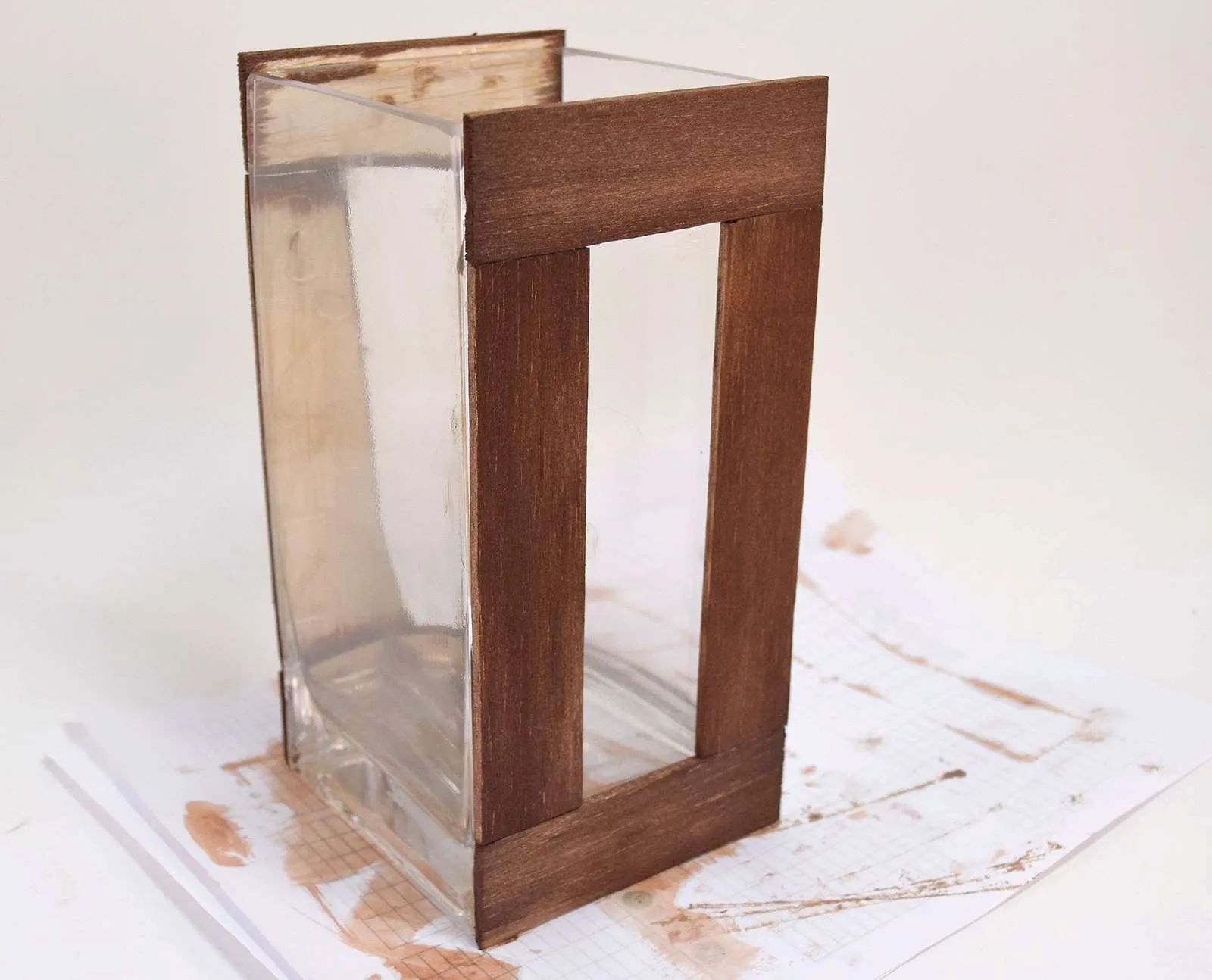

0 thoughts on “What Is A Good Glue For Mending Crystal Glass?”